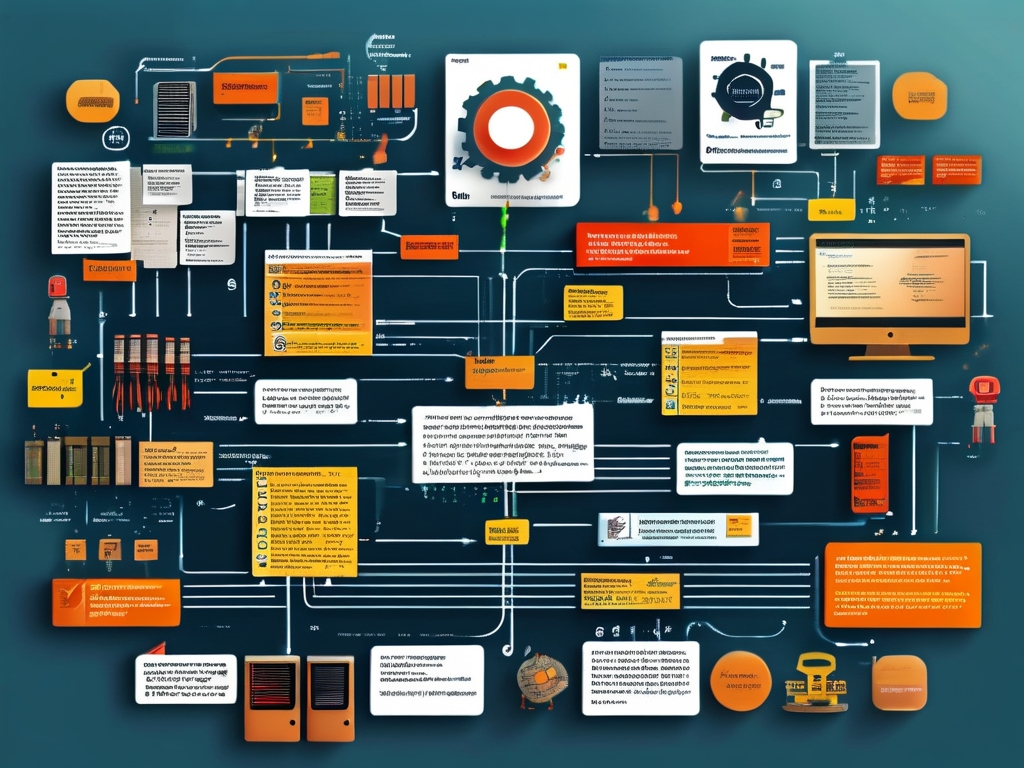The healthcare industry faces persistent challenges in managing supply chains, from counterfeit drugs to inefficiencies in tracking medical products. Blockchain technology emerges as a powerful solution, offering unprecedented transparency and security in this critical sector. By leveraging distributed ledger systems, blockchain enables real-time verification of every transaction within the medical supply chain, reducing fraud and ensuring that life-saving medications reach patients safely. For instance, each pharmaceutical shipment can be recorded on an immutable digital ledger, allowing stakeholders like hospitals, manufacturers, and regulators to trace origins instantly. This not only combats the $200 billion global counterfeit drug market but also streamlines logistics, cutting costs and delays in emergencies such as pandemics.

Moreover, blockchain's integration with IoT devices enhances real-time monitoring of temperature-sensitive vaccines or blood samples during transit. Smart contracts automate compliance checks, triggering alerts if conditions deviate from standards, thus preventing spoilage and enhancing patient safety. A notable case study involves a pilot project by a major hospital network, where blockchain reduced inventory errors by 40% and accelerated delivery times by 30%, demonstrating tangible benefits for healthcare providers. Despite these advantages, adoption hurdles remain, including regulatory uncertainties and the need for interoperability across diverse systems. However, ongoing innovations, such as hybrid blockchain models and AI-driven analytics, promise to overcome these barriers, paving the way for a more resilient and patient-centric supply chain.
Looking ahead, the convergence of blockchain with emerging technologies like 5G and big data will further revolutionize medical logistics. Experts predict that by 2030, widespread blockchain implementation could save billions in healthcare costs and prevent millions of adverse events annually. As stakeholders collaborate on standardization, the future holds immense potential for a transparent, efficient, and trustworthy medical ecosystem.








